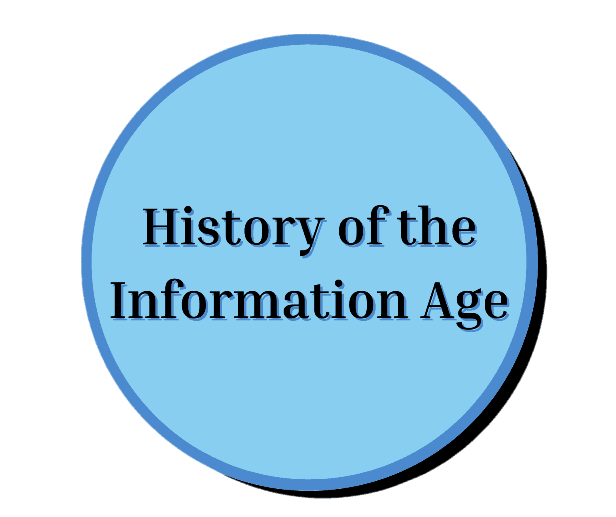Class Reflection
From starting with a discussion about dolphins thrown on tables to a dystopian future, we have covered a lot of ground throughout the semester. I had so much fun with this class this semester. It was a slow start at first, with the creation of the syllabus and assignments taking up the first couple of weeks. While I was initially a bit impatient with how long setting up the course was taking, in hindsight, I enjoyed how we had a lot of creative input in determining how the class was structured. However, I would have liked a bit more lecture-based learning scattered throughout the semester, but I found the student-led discussions each week enjoyable and engaging.
I learned a lot in this class because, to be honest, I had no idea was the “history of the information age” entailed. I personally thought we were going to be solely discussing technological development, which was a large component, but our discussions were not limited to technology. I would honestly say this class could double up with a title such as “history of communicative technology.” For instance, our initial discussions about coffee houses and the cave painting assignment went outside of our technology-based discussions and mainly centered around how people communicated different information and ideas before technological advancements. Therefore, the key components of the Information Age I have taken from this class are that humans have an innate desire to interact with one another and will use whatever means available to do so and have that exchange of information. For example, this was seen in an early reading about letter writing where people stated they could not imagine a world without letter writing and the postal system. Furthermore, this class also showed the human desire to constantly improve upon what we already have, trying to develop the next “new” device to make life more convenient, profit off a “new” device, or both.
I think some of my favorite class discussions were about propaganda versus advertising and the distinction between them, or lack thereof. I also enjoyed the classes where we discussed our infographic assignment and meme assignment:
The propaganda campaign assignment was also fun to work on a learn from. Between the meme and the propaganda assignment, it put into perspective how easy it is to come up with content to spread misinformation. I appreciated the way the assignments were set up to correspond with the topics we were discussing, essentially giving us an opportunity to apply what we were actively learning. Additionally, I liked having multiple options available for the final project, I had fun working on the George Washington Murals project and getting to contribute to the larger UMW community and its history.
I found ending on the topic of AI to be fitting with where we are currently with technology and the large debate surrounding the ethics of AI. I would personally love to see how the class looks in the next 10 years and how our technology will differ by then.

